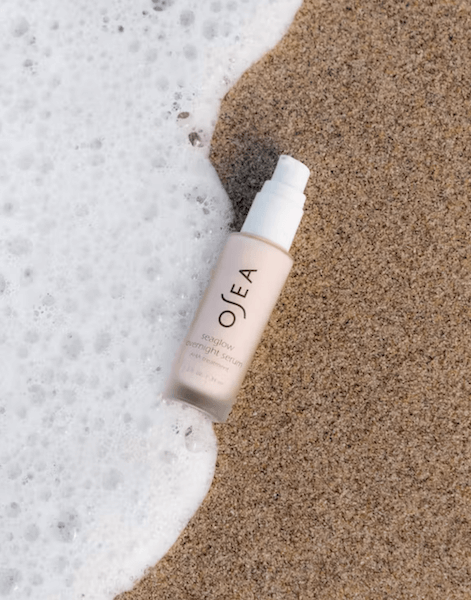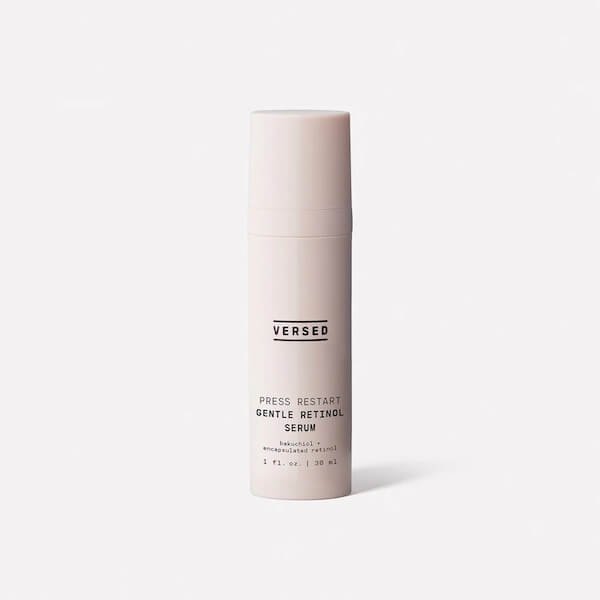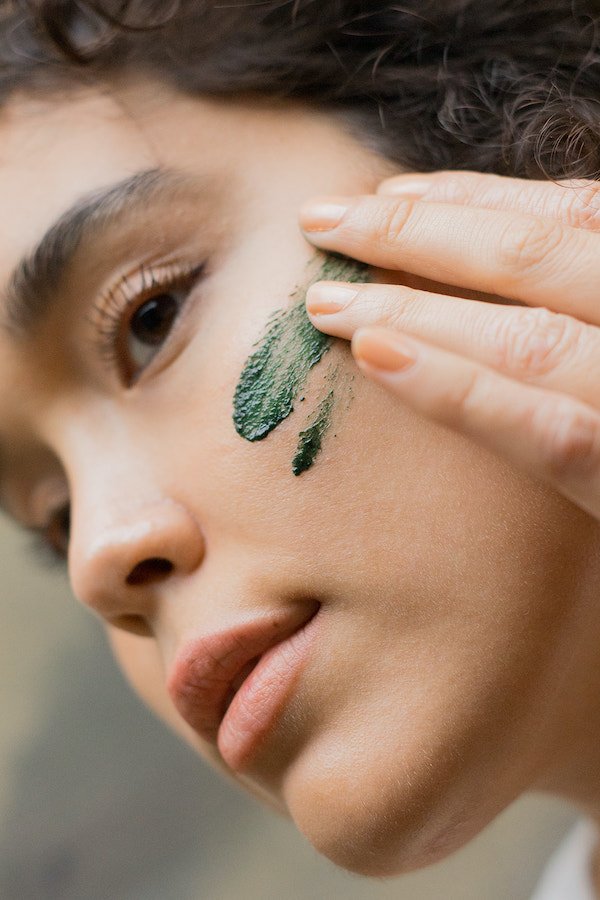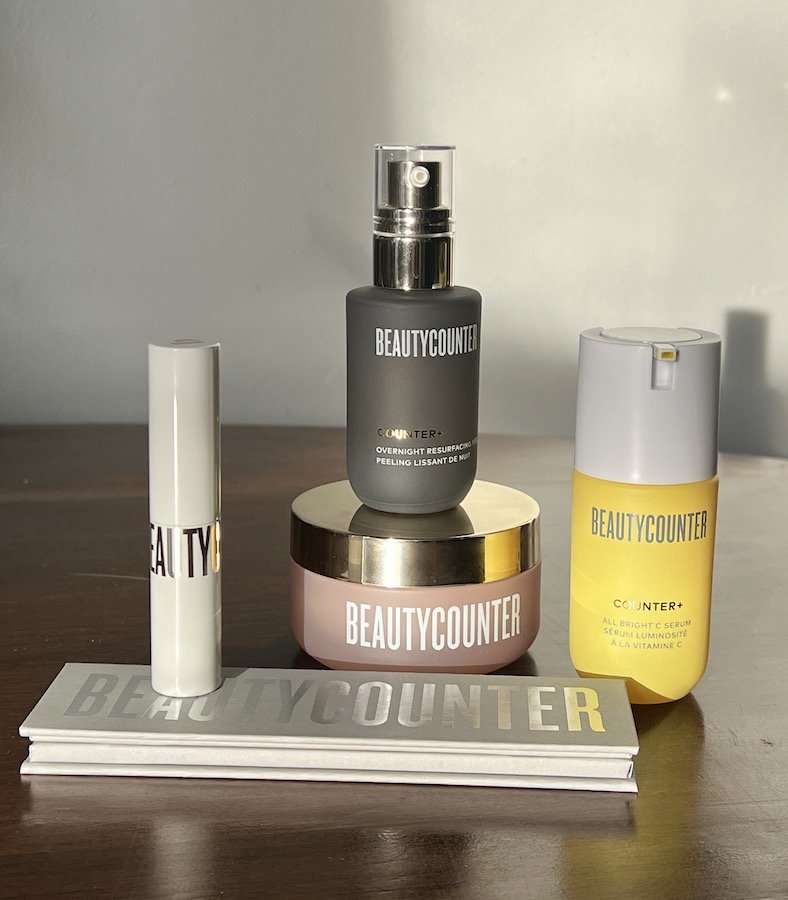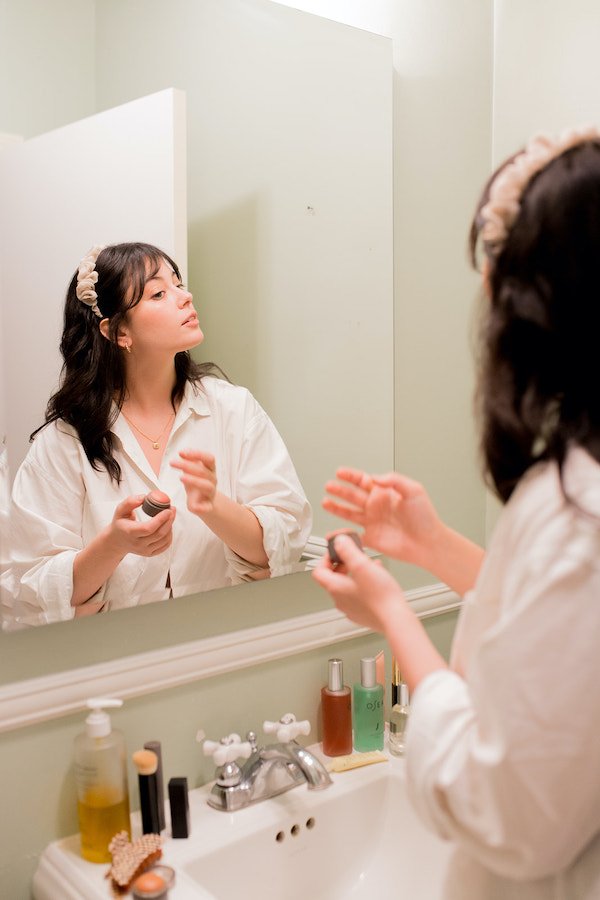
How To Add Skin Cycling Into Your Skincare Routine
When I learned about skin cycling, I realized I’d been using some form of cycling with my skincare routine for some time now (as many of us probably have). The term “skin cycling” involves rotating your nighttime skincare routine by deliberately using active ingredients on specific days, then letting the skin rest and recover on others. The method, developed by New York City-based dermatologist Dr. Whitney Bowe, protects the skin barrier from stripping by overusing some of our favorite products.
A standard skin cycle looks like this: night one is for exfoliation, night two is for a retinoid, and nights three and four are for recovery. Pretty intuitive, right? But Dr. Bowe’s regimen provides a helpful framework for what can feel like a pretty sporadic process of reading what the skin needs each night.
While the ingredient-driven skincare that has emerged over the last few years has given consumers a broader understanding of key skincare components and their effects, the products still aren’t always used optimally. In other words: more isn’t always better.
Dr. Bowe has noted how she often sees patients overusing certain products or using them incorrectly. Our skin needs breaks to rest and reset. Skincare routines thrive on consistency, and the organized system of skin cycling can provide a great jumping off point if you don’t have a set schedule of when or how to use which products. It’s fairly easy too! Here’s how to get started:
The Four-Night Cycle
Night 1 – exfoliate
Cleanse the skin, pat dry, apply an exfoliant, then moisturize. Most derms recommend a chemical exfoliant (look for AHAs such as glycolic and lactic acids or BHAs like salicylic acid) over a physical scrub to avoid micro-tearing. Nervous about chemical products? Look for fruit enzymes like papain and bromelain (from papaya and pineapple, respectively) which are gentler exfoliants for more sensitive skin. These products give the appearance of smaller pores and slough off dead skin, prepping your face for night two.
Our Picks For Natural Exfoliants | Osea Seaglow Overnight Serum, $64, Cocokind Turmeric Illuminating Solution, $24
Night 2 – retinoid
Cleanse the skin, apply a retinoid, then moisturize. Retinoids, a.k.a. Vitamin A, are one of the most powerful skincare ingredients on the market and target almost every concern imaginable, from acne to fine lines to dark spots. You’ll have a lot of options in this department. Gentler over the counter retinoid options include retinal (with an “a”) and plant-based retinol alternatives like bakuchiol. Retinol is the most common ingredient in OTC products, and adapalene is the strongest OTC retinoid. Tretinoin is a prescription retinoid that might be best if milder retinoids don’t give you the results you’re looking for.
Our Picks For Natural Retinoid | Versed Press Restart, $22, Herbivore Bakuchiol, $54
Nights 3 and 4 – repair
Now it’s time to let your skin take a breather. Cleanse the skin nightly, and then apply moisturizer (after natural serum or toner if you so choose) that contains skin barrier repairing ingredients. Superstars here include ceramides, peptides, hyaluronic acid, and glycerin, but the main point is to use simple, hydrating products, even if that’s just a gentle organic cleanser and a natural moisturizer. These are also the nights to use hydrating facial oils, like squalane.
Our Picks For Natural Repair Products | Cocokind Ceramide Barrier Serum, $22, Osea Atmosphere Protection Cream, $48
So, does skin cycling actually work as well as skinfluencers say it does? The short answer is yes.
Dermatologists generally agree that the basis of skin cycling is effective—incorporating strong active products that have been proven to improve skin clarity and texture, while letting your skin recover and do its own thing some days.
It’s also important to remember that everyone’s skin is different, so you may need to include additional days of recovery or use gentler products if you’re noting any irritation. According to some skincare professionals, certain folks can even tolerate retinoids nightly– though not everyone needs to exfoliate as often, especially if you have dry skin. Skin cycling can be customized depending on your needs and how your skin responds.
Ready to dip your toes into skin cycling? Let us know your favorite clean products and how skin cycling works for you!
Natalie Gale is a Boston-based freelance journalist. When she’s not writing about art, food, or sustainability, you can find her biking to the farmers’ market, baking, sewing, or planning her next Halloween costume. Say hi on Instagram!


